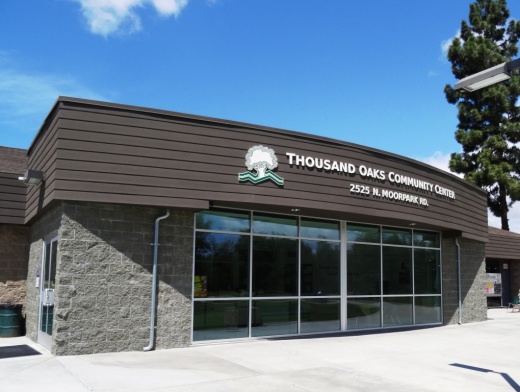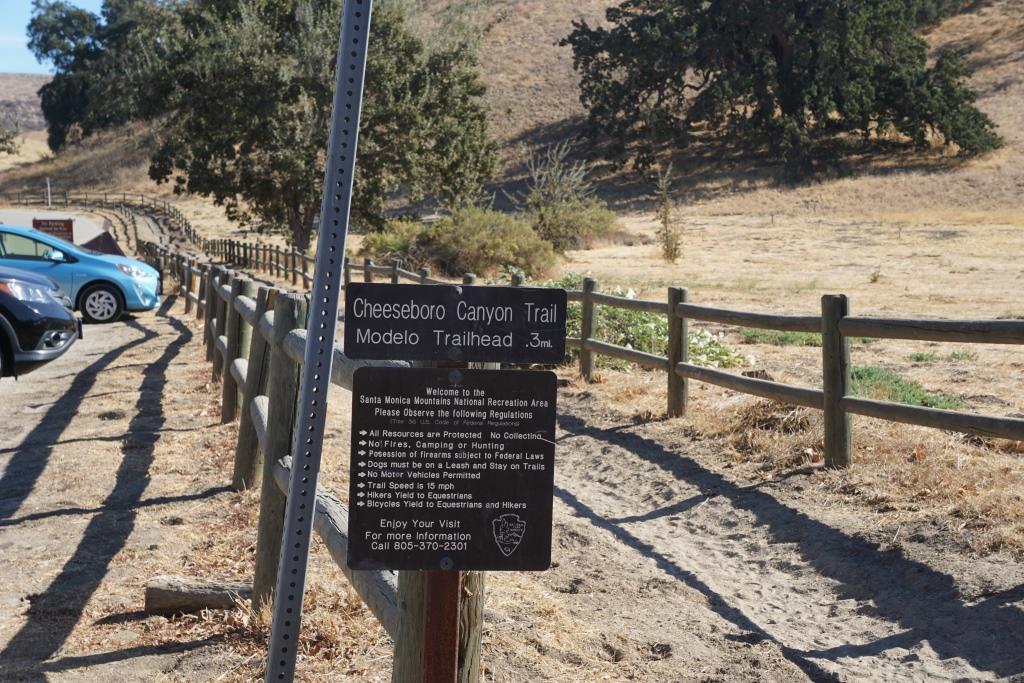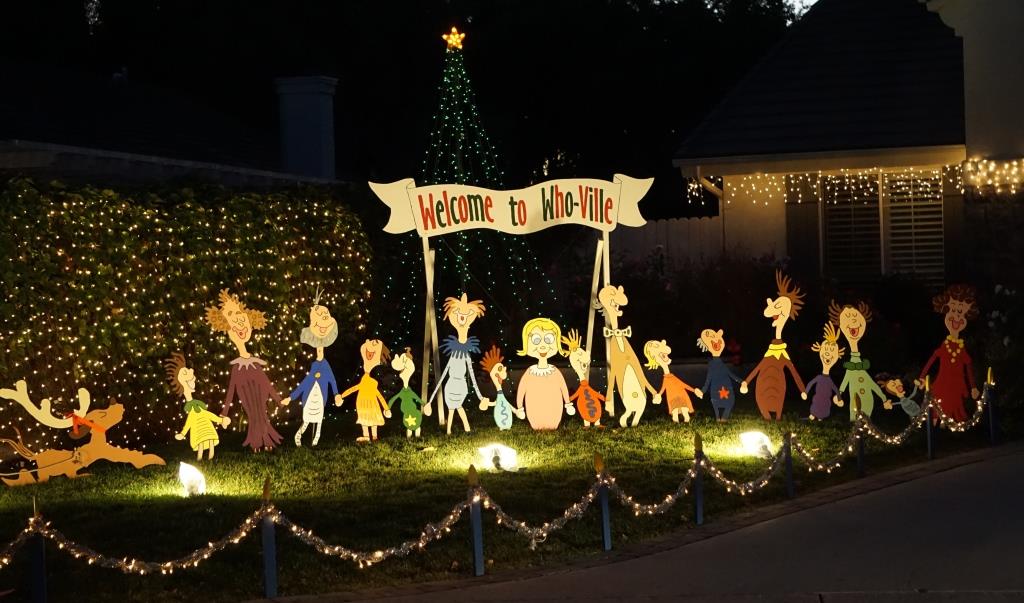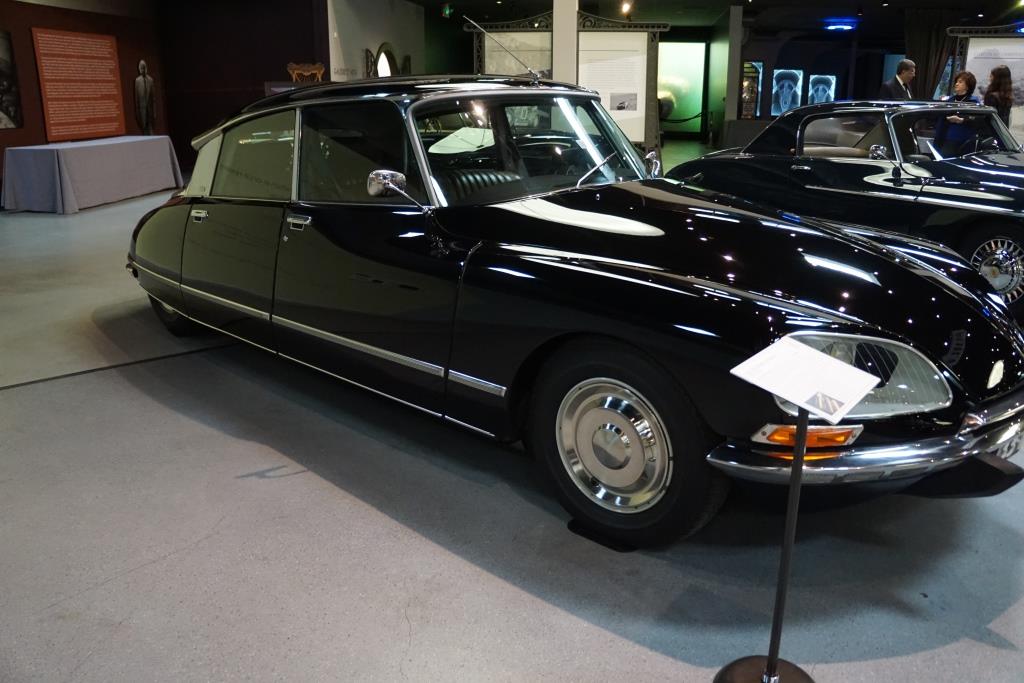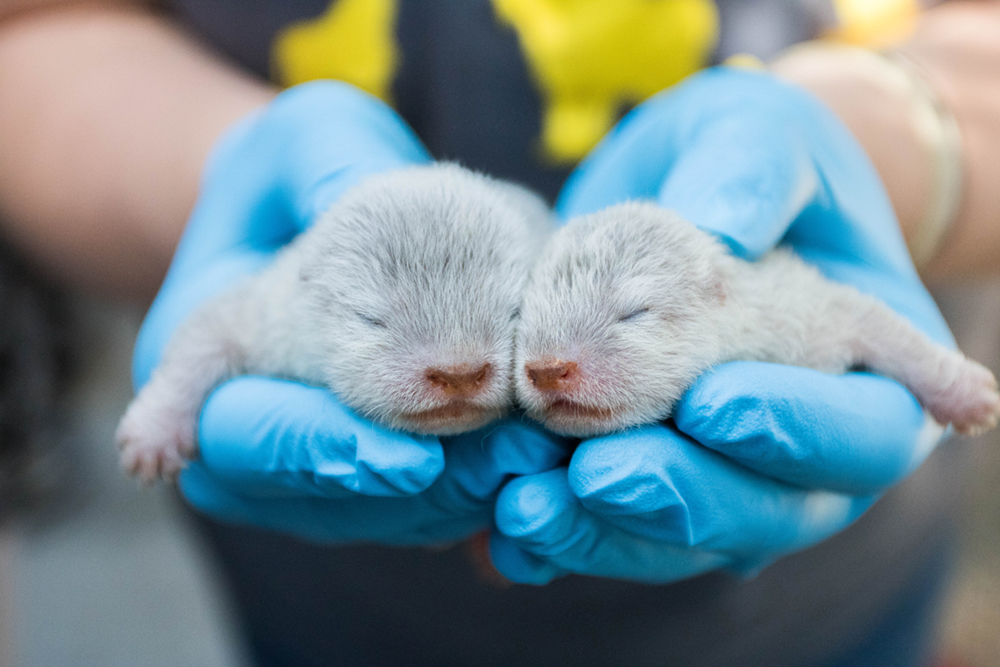Thousand Oaks Community Park Has Several Unique Features Worth Exploring
/Thousand Oaks Community Park, located at 2525 N. Moorpark Road, just north of Thousand Oaks High School, has something for everyone. This large, park is home to the Thousand Oaks Community Center, a hub for year-round events and activities for all ages. The center has a full-size gym, several fully-enclosed racquetball courts and other great features. More info at www.crpd.org/parkfac/1koaks.
If you have young kids, probably the most popular feature of this park is the playground and adjoining "Ant Hill." The Ant Hill is a unique, small man-made hill covered with artificial grass that is a fun play slide area for the kids. Bring a piece of cardboard and enjoy the ride.
This nearly 36 acre park also has soccer and softball fields, four tennis courts, one sand volleyball court and plenty of picnic area. Both the park and the community center are popular for birthday parties. On the east side of the park is another unique feature you won't find in other parks, the Rabbit Flats Disc Golf Course. I connected with a group enjoying a Saturday round on this nine acre course and learned that there are specialized discs for disc golf.
The course is free to the public. I'd recommend a walk-through first to explore. Just be mindful of flying discs!

